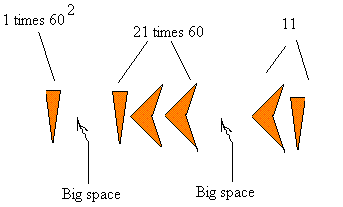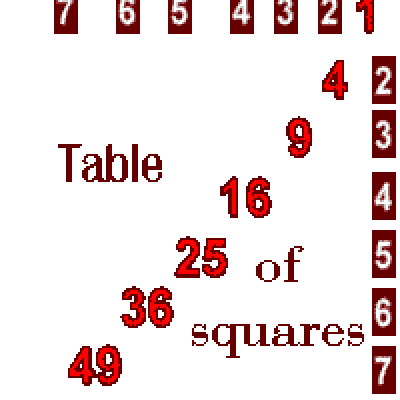

The easy answer is that they inherited the base of 60 from the Sumerians but that is no answer at all.

Finally we should look at the question of why the Babylonians had a number system with a base of 60. Allows the teacher to lay the foundation for children to work in other bases, while providing the skills necessary to perform and function in other higher level math concepts. in addition, of course, to 10, 12, 5, 1, 52, 30, 0 or 0 0, 10, 12, 5, 1, 52, 30 etc. Express each of the following Babylonian numerals as a Hindu-Arabic numeral equivalent. Their mathematical notation was positional but sexagesimal. Since two is represented by two characters. 3 Babylonian Numbers In mathematics, the Babylonians (Sumerians) were somewhat more ad-vanced than the Egyptians. Now there is a potential problem with the system. These were found on many stone tablets used for mathematical calculations. Babylonian numerals Hindu-Arabic numerals V 10 VV << This is because the 59 numbers, which go into one of the places of the system, were built from a unit symbol and a ten symbol. The Babylonian number system was of a base-60 design. Intended for children in a Montessori level 6-9, this set of materials includes 7 sets of matching cards to lead the children from formation of ancient Babylonian numerals, units through thousands.ĭesigned to allow for flexibility in thinking and reasoning of mathematical concepts in base 10, as well as reinforce the concepts introduced in the history of numeration. material you may or may not have seen in your math education. Now although the Babylonian system was a positional base 60 system, it had some vestiges of a base 10 system within it.


 0 kommentar(er)
0 kommentar(er)
